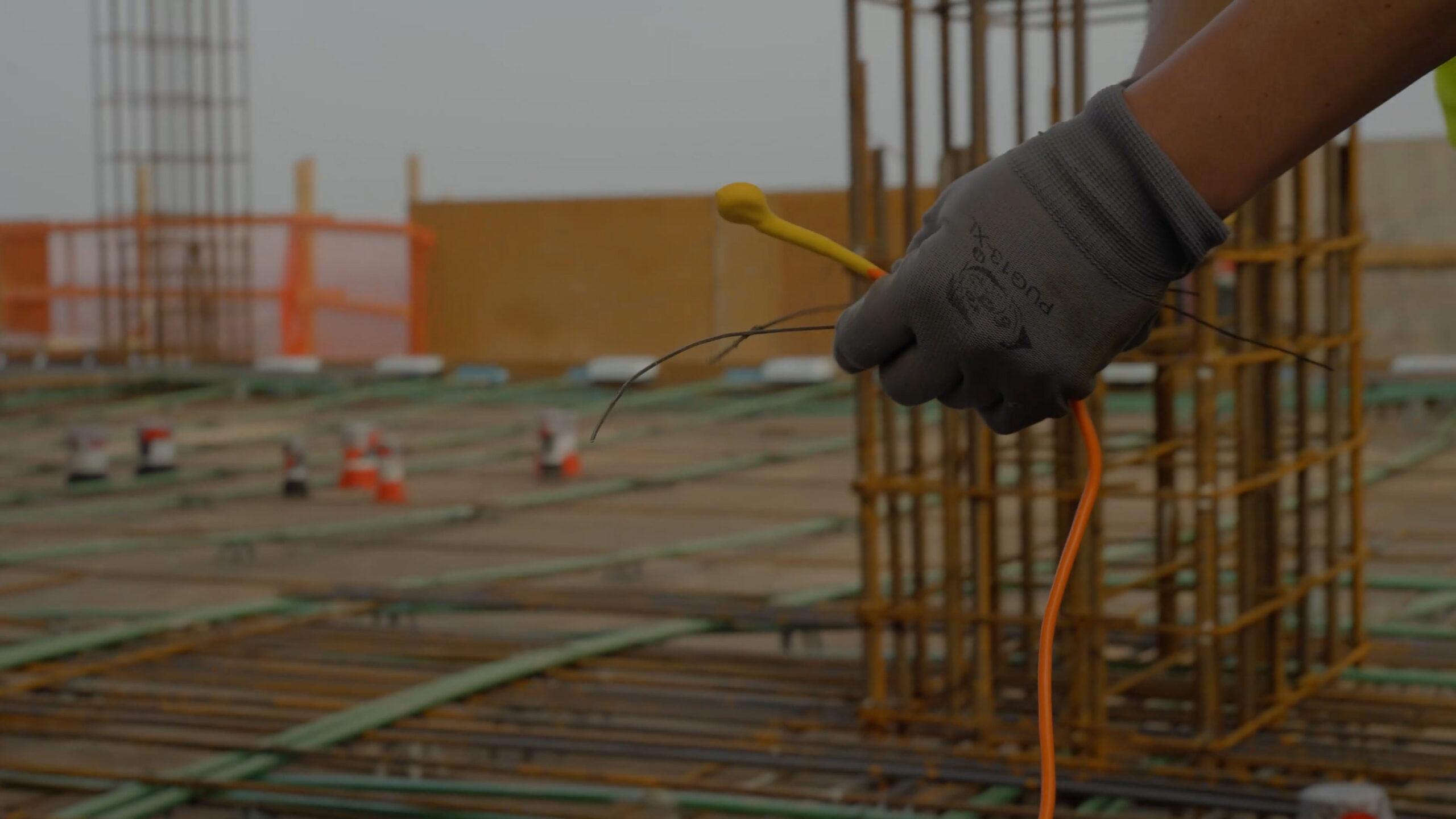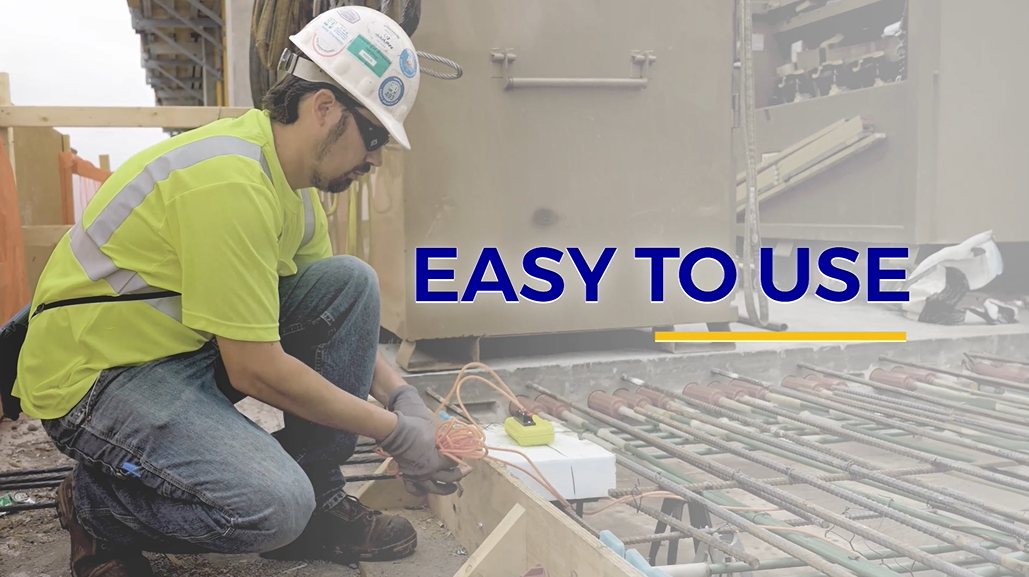A sensor interval is the timing or frequency at which a COMMAND Center concrete sensor is programmed to collect data. Ensuring your sensor intervals are properly set will support a successful concrete project. In this post, we describe how we help customers determine the right sensor interval for their needs, common interval settings for different applications, and variables that may call for deviations from typical interval lengths.
Ordering Sensors and Programming Intervals
Sensor intervals can range from one minute to one hour. If a customer calls to order, they’re initially asked what sensor length they need and at what interval they want to collect data. If they’re unsure, we ask additional questions about the use case, concrete mix design, and how soon measurements will be needed. From this information, we guide them to what will likely best fit their needs, understanding that the engineer on the job will make the final decision.
From there, a COMMAND Center team member programs the selected interval to the sensors and ships them out. The sensors will arrive to the customer powered on and already programmed to the interval requested. Each sensor knows to come alive at its programmed interval, take its reading, and store that reading along with the date and time.
Periodically, customers find that they need a different sensor interval than what was ordered. Examples include when a purchaser who isn’t an end user mistakenly selects the wrong interval or when an application has changed meaningfully by the time the project begins. Whatever the case, customers cannot change a sensor’s interval themselves after receiving a sensor order. They can, however, elect to return the sensors to COMMAND Center to have them reprogrammed and re-shipped. This process typically takes only one day once we receive the returned sensors.
Common Sensor Interval Lengths and Considerations
COMMAND Center sensors are used for two types of applications – 1) temperature monitoring and 2) estimating in-place strength with the maturity method.
With temperature monitoring (thermal control needed for mass placement or cold weather projects), the most common sensor interval is 60 minutes. That means a sensor reading is captured every hour in the sensor memory, regardless of how often users download and analyze the data for reporting purposes.
When estimating in-place strength, an interval can vary from one to 30 minutes. ASTM C 1074 recommends measuring and monitoring temperature every 30 minutes for at least the first 48 hours. So, when using sensors to estimate in-place strength, the longest interval recommended is 30 minutes. However, high early-strength concrete mixes and rapid-setting mixes may warrant a shorter sensor interval because they gain strength faster than normal mixes. Shorter intervals are selected to ensure sufficient temperature history data is captured while the mix is hydrating. This supports generating the best possible curve and getting the most representative data for that mix.
Selecting Sensor Intervals for Project Success
Determining the proper COMMAND Center concrete sensor interval for your project is a relatively straightforward process. If you don’t already know the interval length you need when it’s time to place an order, knowing the type of application (temperature monitoring or estimating in-place strength) your project will entail, the concrete mix design that will be used, and how early strengths will be needed will inform what’s best. COMMAND Center team members are always ready to help you.
One more thing! The programmed sensor interval will dictate how many days of data can be stored on your sensor before rollover (overwrite of the earliest captured data on the sensor) occurs. If you missed our previous post on sensor data rollover and how to ensure you don’t end up with gaps in your data, read here.
Have questions about selecting the right sensors or sensor intervals for your next concrete project? Get advice from a COMMAND Center expert any time at 1-866-671-2211.



